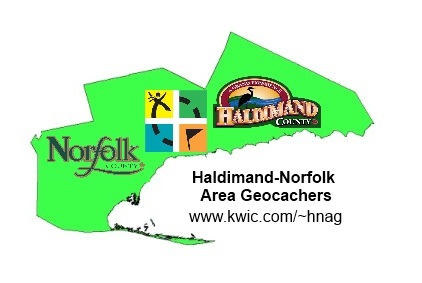Sandbars Have 3 Main Characteristics:
- Made of sand, gravel or silt
- Formed by wave action and currents
- Generally forms a straight line
What is a Sandbar Landform?
A sandbar is an area of sand, gravel or fine sediment that sits above the water. It may be connected to the shoreline, or it may be offshore. It is generally narrow and straight. A sandbar is also known as a shoal or sandbank. A large sandbar is called a barrier island.
How are Sandbars Formed?
Sandbars begin forming underwater. As waves break, this pulls material from the shoreline, migrating further into the ocean. During heavy storms, large waves can build sandbars far from shore, until they rise above the water’s surface.
Sandbars can be Dangerous
When waves are large, sand, gravel and other sediment can gather underwater in large amounts. This can block channels and prevent ships and boats from passing. During a storm, this can cause a ship to become stranded on the sandbar and perhaps destroyed.
Continuous wave action and storms can build a sandbar until it becomes a barrier island. The way that a barrier island forms is not fully understood, and many theories have been given. Barrier islands are long, narrow and straight. One example of this is Miami Beach, Florida. It lies on a barrier island that was created by wave action and storms over many thousands of years. Barrier islands provide protection for the channel and the mainland shore behind.
Barrier islands can flood easily during storms and especially during hurricanes. Heavy damage can occur from rushing water and high winds. Bolivar Island on the coast of Texas was nearly destroyed by Hurricane Ike in 2008. Many homes were lost and 15 people were killed.
Marine Life
The waters behind sand bars and barrier islands can form tidal pools, lagoons, salt marshes and other wetlands. A variety of marine life can grow in these areas. They can harbor seaweed, algae and other marine vegetation. They are homes for a variety of fish and shellfish. These wetlands can also attract a variety of birds and other wildlife.
To claim this Earthcache please email me the answers for the following quesions
1) What is the Depth of water at the 2nd Sandbar?
2) How far our from Shore are you ?
3) What is the texture of the lake bottom on the Sandbar ?
4) What is the size of the waves, and do you feel a current near the bottom ?
5) Do you think the Sandbar is moving closer to shore or getting farther away ? And why do you think this?
6) Optional Take a picture of yourself at or near the sandbar and inlude it in your log

